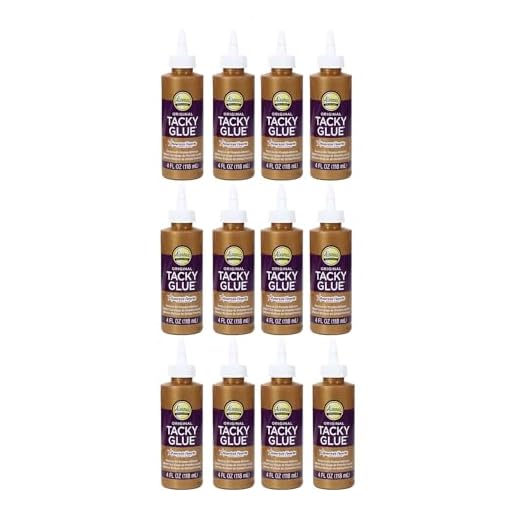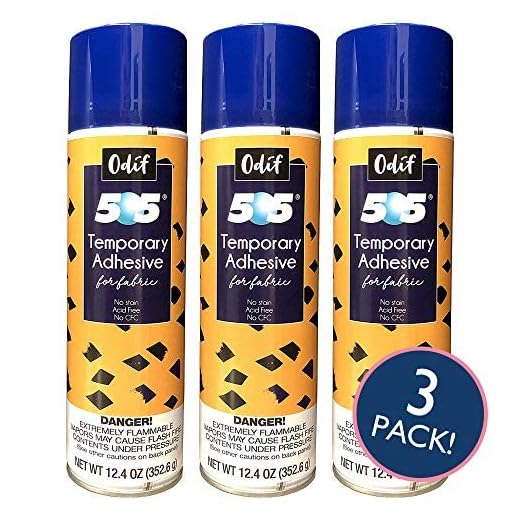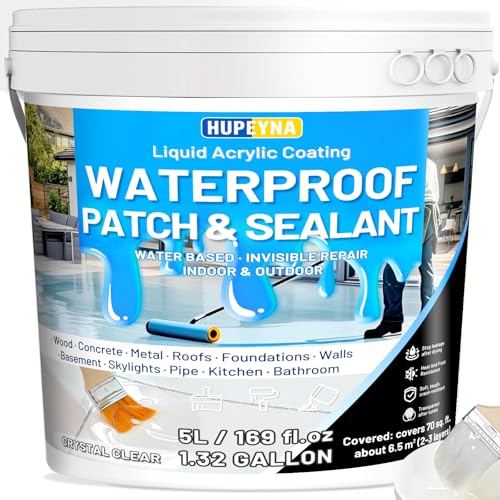







To successfully apply a printed design or label to your fabric travel bags, utilize a strong adhesive specifically designed for fabric. Ensure the surface is clean and dry before proceeding. This preparation enhances adhesion and prevents any unwanted lifting over time.
Select an appropriate adhesive type that suits your fabric; gel-based options often provide superior control during application, reducing the risk of spills or excess. Apply the medium evenly across the back of your design. Press it firmly onto the chosen area of the bag, ensuring there are no air bubbles trapped beneath.
For best results, allow adequate curing time as specified on the adhesive instructions. This will strengthen the bond and ensure durability during travel. If the project involves washing, consider a water-resistant adhesive to maintain quality through multiple cleanings.
Attaching Craft Materials to Fabric Bags
Choose a strong adhesive specifically designed for textiles, which provides a durable bond. Apply the glue on the surface where you want to affix the decorative element. Ensure the area is clean and dry before proceeding to enhance adhesion.
Using Adhesive Tape
For temporary attachments, opt for double-sided tape made for fabric. This option allows easy removal without damaging the underlying material. Cut the tape into appropriate lengths and place it on the back of the craft item before pressing it onto the textile.
Utilizing Iron-On Applications
Consider using iron-on transfers that come with a heat-activated glue. Place the design on the fabric and apply a hot iron for a few seconds, ensuring to follow the manufacturer’s instructions. This method creates a secure and lasting application.
Selecting the Right Adhesive for Fabric
Choose a fabric adhesive specifically designed for textile applications. Look for options labeled as fabric glue or textile adhesive, ensuring they offer flexibility and strength. Avoid general-purpose adhesives that may not withstand washing or wear.
Consider Drying Time
Consider the drying time of your selected adhesive. Fast-drying options are suitable for quick projects, while others may provide a stronger bond if allowed to cure fully over a longer period. Check the manufacturer’s recommendations for optimal results.
Water Resistance and Durability
Evaluate whether the adhesive is water-resistant, especially if the bags will be exposed to moisture. For items that will endure regular use, select a product known for its durability against fraying and peeling, ensuring a long-lasting attachment.
Preparing the Fabric Surface for Adhesion
Cleaning the base is necessary before applying any kind of adhesive. Utilize a lint roller or brush to remove dust, dirt, and fibers. A clean surface enhances the bond between materials.
Next, perform a slight conditioning of the textile. Lightly steam the area or use a damp cloth to ensure flexibility, which allows better interaction with the adhesive.
A testing phase is advisable. Choose a small, inconspicuous section of the material. Apply the chosen bonding agent and assess the resulting adherence once cured. This eliminates potential damage to the main area.
For optimal results, consider the following table for different fabric types and their corresponding preparation techniques:
| Fabric Type | Preparation Method |
|---|---|
| Cotton | Wash and dry thoroughly. Iron if necessary. |
| Denim | Brush off debris. Use a lint roller. |
| Polyester | Wipe with a damp cloth. Avoid excessive moisture. |
| Leather | Clean with a soft, dry cloth. Condition if required. |
| Canvas | Spot clean and ensure it is completely dry. |
Once the surface is properly prepared, the likelihood of a lasting bond increases, providing durability and functionality in your project.
Cutting and Sizing Material for Optimal Fit
Measure the dimensions of the target area accurately. Use a ruler or measuring tape for precise results. Aim for a snug fit, allowing a slight margin around the edges to enhance adhesion.
When cutting, utilize sharp scissors or a craft knife for clean edges. Consider using a cutting mat to protect your surfaces. For intricate shapes, templates can guide your cuts, promoting uniformity.
Prior to cutting, sketch your design on the backing material. This will help visualize spacing and alignment on the fabric, leading to better results.
If the project involves multiple pieces, lay them out to assess overall proportions. Adjust sizes accordingly to ensure harmony between elements, promoting a cohesive appearance.
For larger applications, consider dividing the design into sections. This approach simplifies handling and ensures even application without distortion.
Applying the Adhesive Correctly
Begin application by selecting a well-ventilated space. This ensures that any fumes from the adhesive dissipate quickly, promoting safer working conditions.
Use a clean brush or applicator to spread the adhesive evenly across the surface. Avoid applying too thick a layer, as this can lead to excessive seepage, undermining the bond.
Follow these steps for a precise approach:
- Target a 1/8 inch thickness for the adhesive. This is optimal for creating a strong bond without oozing.
- Press the two surfaces together firmly but do not shift them to prevent misalignment.
- Consider using a roller or brayer to ensure complete contact between materials.
Allow the adhesive to cure according to the manufacturer’s instructions. This can range from several hours to a full day, depending on the type used.
Avoid any movements or stress on the bonded surfaces during this period to ensure maximum adhesion strength.
Once cured, inspect the bond. If necessary, reinforce edges with additional adhesive to mitigate wear over time, especially in frequently handled or packed items.
For individuals seeking a durable solution for their gear, exploring options like the best non fold umbrella or the best messenger bag for male college students can provide further enhancements.
Ensuring Longevity of the Paper Attachment
Select a high-quality sealant to protect the connection between the materials. A clear acrylic spray or fabric-safe mod podge can create a barrier against moisture and wear.
After applying the adhesive, press the materials firmly together and allow ample time for curing. Follow the manufacturer’s recommendations for drying periods to ensure a solid bond.
Consider periodically reinforcing the edges with additional adhesive to combat lifting or peeling. This is particularly useful in high-stress areas such as handles or corners.
Store the item in a cool, dry place to prevent humidity from weakening the attachment. Avoid direct sunlight, which can cause fading and degradation of both the surface and the materials.
Finally, for maintenance, use a soft, damp cloth to clean the surface instead of harsh chemicals, which can damage the bond. For more tips on stability and protection, visit this useful resource on custody matters: how can a father win custody.
Troubleshooting Common Adhesion Issues
If the adhesive fails to bond, ensure the fabric is clean and dry. Dust, dirt, or moisture can interfere with attachment. Wipe the area with a microfiber cloth to remove any contaminants.
If the chosen bonding agent is not holding, consider the type of textile. Certain materials, like nylon or polyester, may require specific formulations for optimal results. Test a small area first.
In cases of bubbling or lifting edges, excess adhesive might be the issue. Apply a thin, even layer to maintain a secure connection without overflow. Use a roller or flat tool to press down on the surface and eliminate air pockets.
For projects exposed to frequent movement or wear, double-check the durability of your adhesive. Not all solutions are designed for high-stress applications. Explore options specifically marketed for heavy-use settings.
If color bleeding or fading occurs, evaluate your materials. Some inks or dyes may react poorly with specific adhesives. Testing on a hidden section before proceeding with a full application can avert problems.
Lastly, temperature plays a significant role in adhesion. If you’ve applied the adhesive in a humid or cold environment, allow the attachment to cure fully before using or stressing it. Increasing warmth in the surrounding area can enhance bonding strength.








